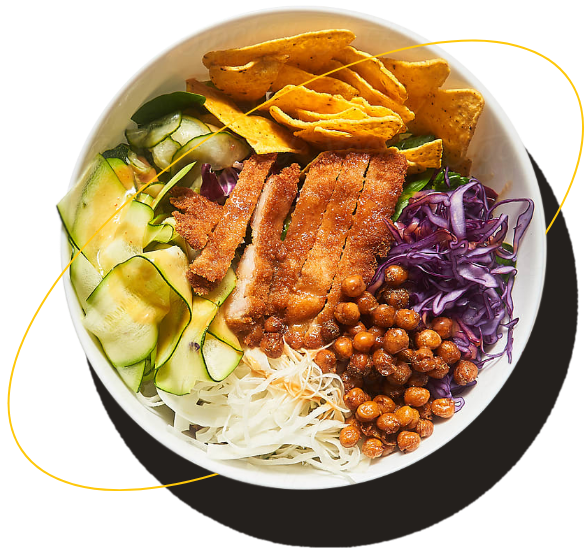Bringing persuasive proof to bear to protect animal ag’s future
2023 July 25
Welcome back to my monthly series where I dive in on some of our top priority issues for protecting animal ag’s future. This month, I’d like to further discuss the word “sustainability” and what it means for us at the Alliance. Is it just a buzzword? How much influence does it really have on consumption of meat, poultry, dairy, eggs and seafood? Let’s take a closer look.
Here’s a sobering fact to start us off – this month, the Organization for Economic Cooperation and Development (OECD) and the UN Food and Agriculture Organization (FAO) released their Agricultural Outlook 2023-2032. The organizations forecast that meat consumption will stagnate in high-income countries over the next decade, with expected strong growth in lower-income countries. Global per capita meat consumption is expected to grow by just 2% total over the decade.
The OECD and FAO attribute this projection, at least in part, to “a growing trend among consumers to become increasingly sensitive to animal welfare, environmental and health concerns.” They point out that while global agricultural greenhouse gas emissions will grow less this decade than last and there are signs of progress in reducing carbon intensity (emissions per unit of food produced), ag emissions are set to increase 7.6% – of which an estimated 80% will come from animal agriculture alone.
These facts simply cannot be ignored, not least of all because we know that many adversarial groups looking for reasons to push for reductions in production and consumption of animal-source foods will latch onto them. Ensuring balanced outcomes requires us to be every bit as active in providing confidence and assurance that continuing to choose animal-source foods aligns with the values and expectations of consumers, investors, customers, and policymakers.
The fact is that from crop and animal production to processing and distribution, U.S. animal agriculture is a leader in sustainable practices. We have a decades-long track record of successfully producing more food using fewer natural resources, based on implementing modern and efficient practices.
But good stories simply don’t tell themselves. There is a clear imbalance in who is out there telling stories about animal agriculture, and we all need to become more active, present, and engaged to correct that imbalance. Not to mention, we can’t expect our story to be persuasive unless we back it up with proof.
That’s going to take a lot of hard work. Work to implement the best practices for animal care, food safety, nutrition, environmental stewardship and more, and even more work to document, measure, and report on the outcomes of those practices.
That second step – documentation, measurement, and reporting – is not optional. Without it, we see how easy it is to discount achievements or dismiss an entire sector that families around the world rely on for food and livelihoods.
The Alliance’s Sustainability Impact Reportis one of our keystone publications, issued every year to aggregate the latest information and evidence across U.S. animal agriculture. We’re proud of it, but it is only as good as the information we can document.
In recent years’ reports, we’ve been able to share data about how today’s farmers and ranchers raise healthy animals and produce more meat, dairy, poultry, eggs, and seafood than ever before, with a smaller environmental footprint.
However, optimizing animal agriculture’s environmental impact and achieving other goals requires an ongoing process of continuous improvement. That’s why the Alliance is a partner in the Protein PACTfor the People, Animals & Climate of Tomorrow.
Among other efforts, Protein PACT partners representing farmers, ranchers and processors are working hard to develop and report data that prove further achievements are within reach. We at the Alliance could not more strongly support these efforts, and we hope everyone in animal agriculture will join us in working to ensure they succeed – and help us tell the story of that success.
Read the article on LinkedIn.

